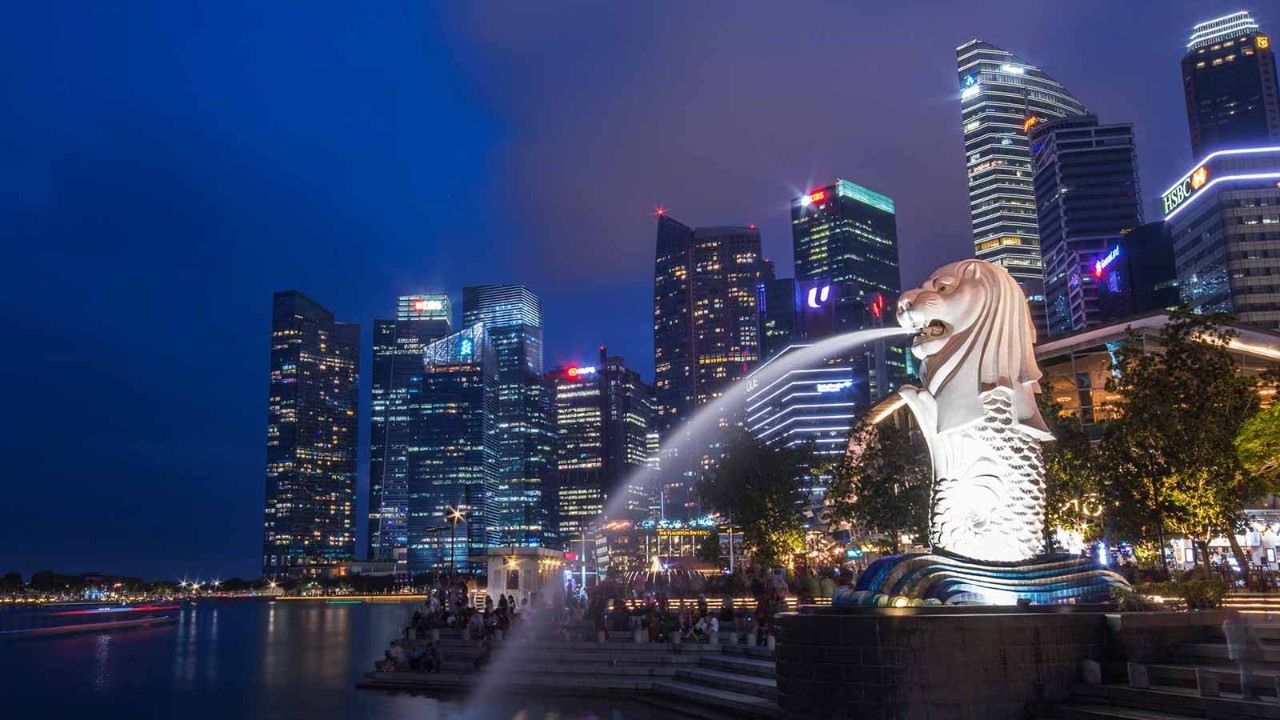
If the economic outlook for Singapore’s economy this year could be summed up in one word, then ‘challenging’ would seem a good fit. Much rides, as always, on the fortunes of the Chinese economy, and there are plenty of headwinds from other sources too as we start 2023.
Covid-19 is still a factor while rising inflation, straining global supply chains and a general economic slowdown all add to the issues facing Singapore’s economy this year. The city-state’s economic growth, as measured by gross domestic product, is expected to be around 2.5% in 2023, according to its Ministry of Trade and Industry. This is down from around 3.8% growth for 2022.
While the figure may be lower than last year, it is still higher than GDP forecasts for the US and Europe. Across the board, the global economy will also see a tough year ahead while fears of a recession hang over many. Singapore’s banking giant DBS expects the city-state’s growth performance to slow to 2.2% in 2023, but has warned that a technical recession within the next three quarters ‘should not be discounted’. Not the positive outlook many had been hoping for.

While inflation in Singapore hasn’t been on the scale of some larger developed economies, the city-state has its own hurdles to overcome
Hurdles ahead
For Singapore’s manufacturing sector, growth momentum has been waning due to China’s slowdown, a decline in global electronics demand and tighter liquidity conditions.
While inflation in Singapore hasn’t been on the scale of some larger developed economies, the city-state has its own hurdles to overcome. One of these is the planned increase in goods and services tax, which came into effect at the start of the year, rising from 7% to 8%. With core inflation expected to settle between 3.5% and 4.5% for the year, it is likely that the central bank will be forced to keep financial conditions tight to help bring inflation back within its target of 2%.
Global downturn
A small economy like Singapore’s relies heavily on global trade, and here the picture isn’t a rosy one with an economic slowdown affecting many parts of the world. Along with a series of interest rate hikes from major central banks and stubbornly high inflation, it all points to a sharp slowdown in growth globally this year, which could reduce overall demand for goods and services.
A deceleration in the US and Europe would definitely send ripples through the ASEAN export supply chain
Such a deceleration, or even a recession, in the US and Europe would definitely send ripples through the ASEAN export supply chain. Singapore is bracing itself for such a scenario, which has led to modest growth projections for 2023 among economists and its government.
If Covid policy easing in the region does lead to the return of tourists to Singapore, that would go some way to provide a counterbalance to the global headwinds the city-state faces this year. An influx of visitors will boost the services sector, with hotels, restaurants and department stores all benefitting from their return. It can’t come soon enough for Singapore, but it may not happen quickly.
So ‘challenging’ will have to stubbornly stay as the best word to describe the current economic climate. It’s a small consolation, but Singapore is not alone in this.



